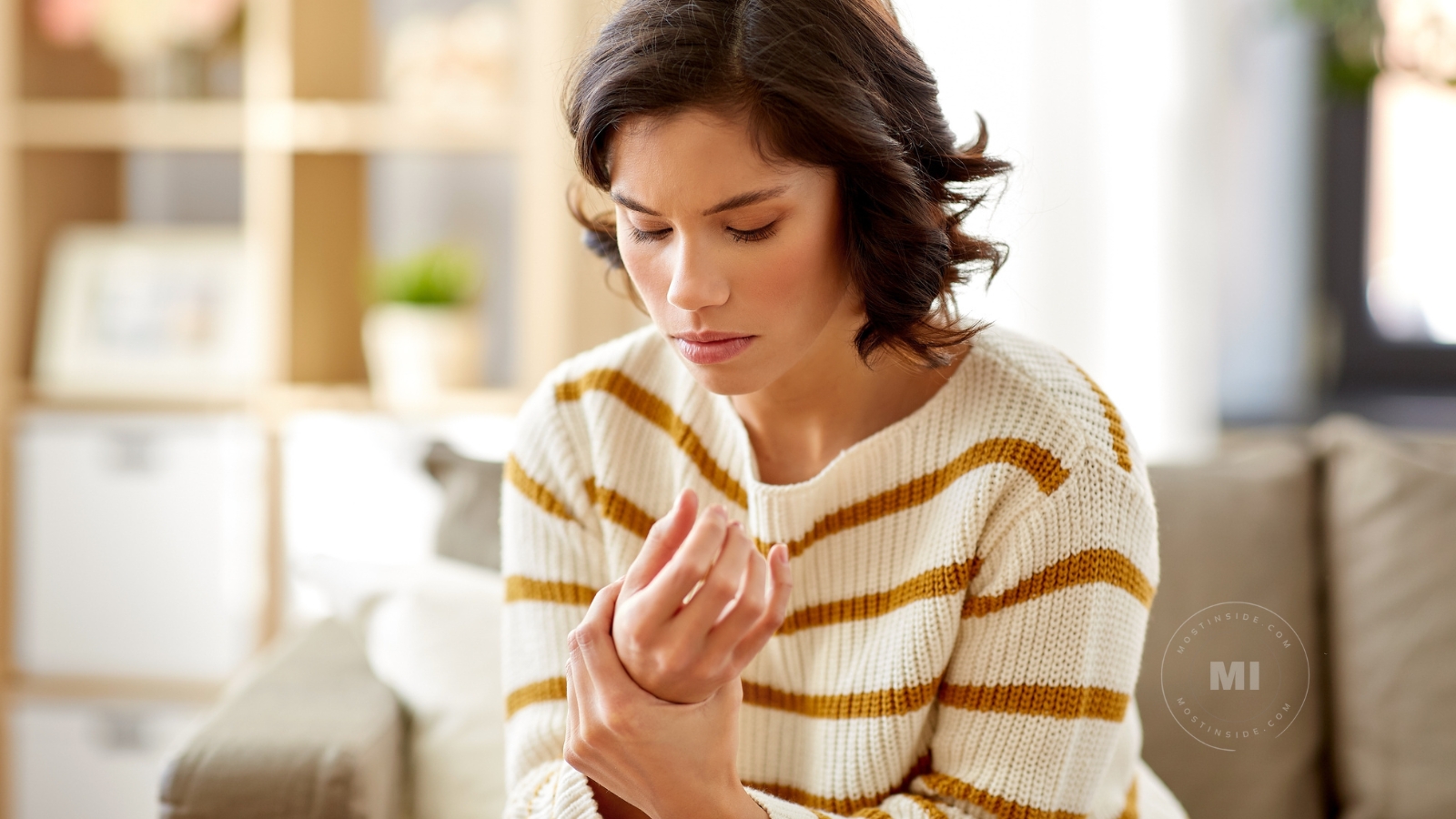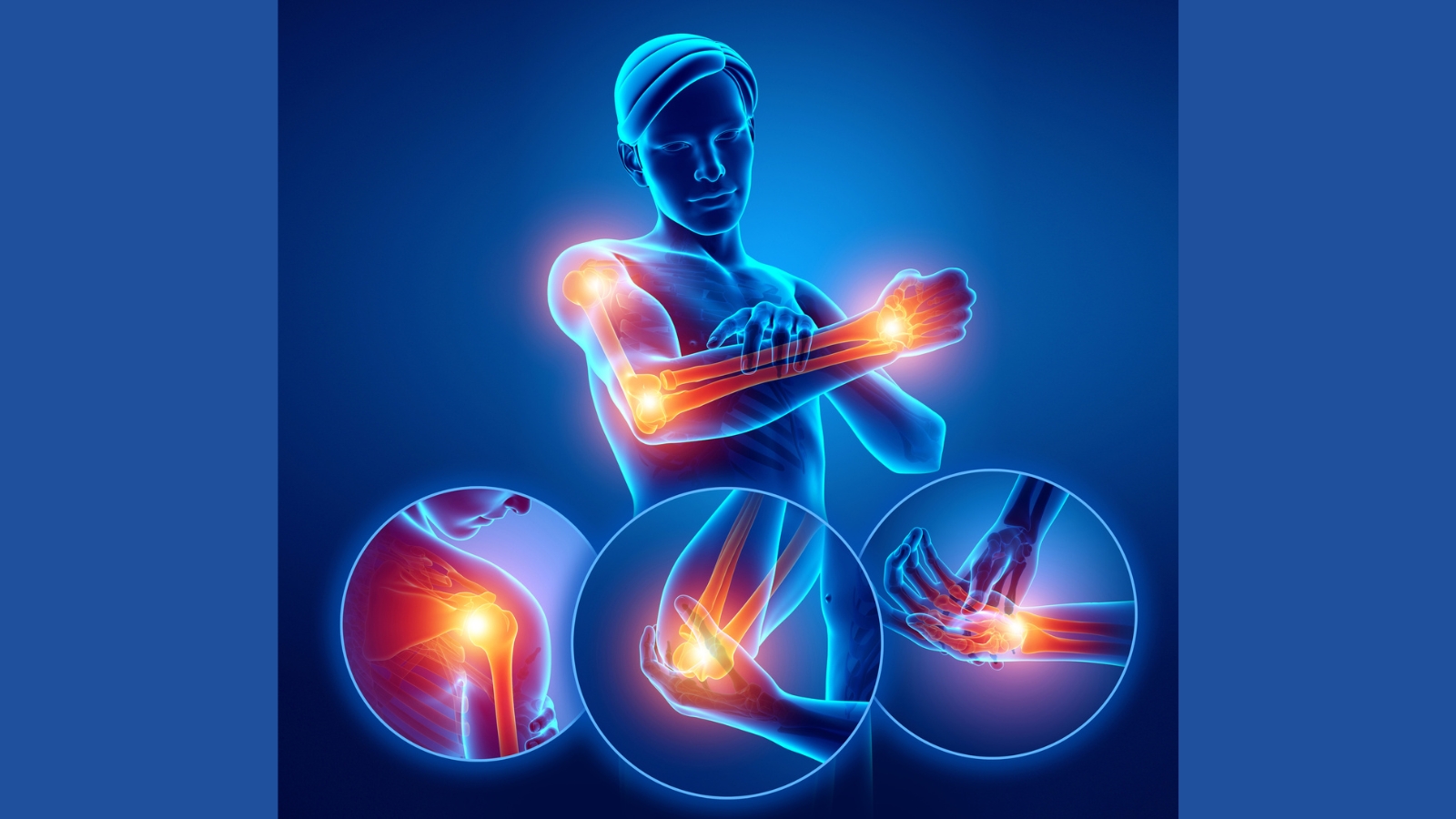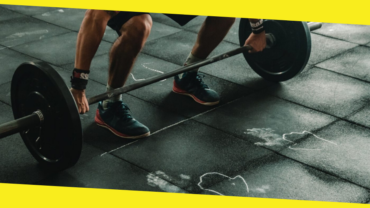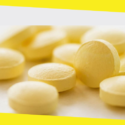Joint Pain: 6 Types And 6 Treatment Options

A joint is where two bones meet, providing support and helping the body move. It includes the ankle, knee, neck, elbow, shoulder, hip, and spine. If you feel discomfort in any of these body parts, you might be suffering from joint pain.
Joint pain, or joint discomfort, refers to the stiffness and soreness that can be felt in the feet, hips, hands, knees, and other joint areas. It’s a common complaint that can be relieved with movement and activity. However, excessive movements could worsen the pain.
Joint pain can affect how joints function and limit an individual’s ability to perform simple day-to-day routines. If it becomes severe, your quality of life will be affected. Even basic movements such as taking the stairs or standing up can become burdensome.
Furthermore, it can discourage you from performing your favorite sports and hobbies, leaving you vulnerable to anxiety and depression. That’s why joint pain treatments should also focus on improving affected functions and movements aside from the pain felt.
In this article, you’ll learn the different types of joint pain and how they’re treated. But before that, it’s important to understand what causes it and what symptoms it produces.
What Are The Causes Of Joint Pain?
Below are the most common causes of joint pain:
-
Arthritis
Arthritis is characterized by inflamed or swollen joints. Arthritis can be classified into two types: rheumatoid arthritis (RA) and osteoarthritis (OA).
Rheumatoid arthritis can cause joint deformation over time. It can cause chronic pain and fluid buildup, as the immune system gradually destroys the joint membrane. Also, RA is more common in women than men.
Osteoarthritis is another form of arthritis that occurs when the cushion that protects the joints by absorbing shock breaks down over time, causing pain. OA is common for adults over 40 years old and may gradually progress and affect other joints.
If you want to know more about arthritis, visit orthospecialistsofidaho.com or other reliable sites for helpful information.
Other causes of joint pain include:
- Bursitis, a condition characterized by an inflamed cushioning pad that protects the joint
- Lupus, a chronic auto-immune condition wherein the immune system destroys healthy tissues of the body
- Infectious diseases such as hepatitis, influenza, and mumps
- Chondromalacia, a condition where the cartilage in the kneecap wears away
- Injuries
- Gout, a condition where body crystals accumulate in the joint, causing extreme pain and swelling
- Joint and bone infections
What Are The Symptoms Of Joint Pain?
Usually, joint pain is treated with plenty of rest or gentle movements. However, some cases may require visiting a healthcare professional. This is especially recommended for symptoms you can’t explain or if you have no idea why your joints ache and are sore.
Consult your doctor if the following symptoms occur:
- The affected joint becomes swollen, warm, tender, and red
- The joint pain persists for more than three days
- You’re experiencing fever without other flu symptoms
- There’s a drastic loss in weight
You might need immediate emergency care if the following symptoms occur:
- The joint pain becomes severe
- The affected joint becomes immobile
- The joint suddenly becomes swollen
- Serious injury affecting a specific joint
- The joint becomes deformed
If any of these symptoms occur, call your doctor and have your condition identified and treated right away.
What Are The Types Of Joint Pain?
The types of joint pain vary depending on the location of the joint.
-
Knee Pain
Knee pain is a common condition that may affect everyone regardless of age. Common causes of knee pain include arthritis, mechanical issues, and injuries.
Mechanical issues include:
- Loose body, a piece of cartilage floats in the space between two bones
- Dislocated knee cap, a condition where the patella slips outside the knee
- Hip pain, a condition that may put more stress and pressure on the knee
Injuries that may cause knee pain include:
- ACL injury, a condition where the anterior cruciate ligament (ACL) tears apart
- Knee fractures
- Torn meniscus—rubbery cartilage that absorbs the shock between your thighbone and shinbone
- Knee bursitis, a condition where the bursae—a fluid-filled sac—becomes inflamed
To prevent knee pain, follow these simple tips:
- Reduce weight to lessen the stress and pressure on your knees. This may also reduce the risk of developing osteoarthritis.
- Build stronger and more flexible muscles. Strong and flexible muscles help protect and stabilize your knees.
- Choose the proper exercise for you. For example, if you have osteoarthritis, try to switch from jogging to swimming or other low-impact routines.
Don’t forget to condition yourself before you play. Never participate in your favorite sport without conditioning your muscles.
-
Shoulder Pain
Several conditions may contribute to an aching shoulder, but the most common cause is rotator cuff tendinitis. It’s a condition where the tendons around the shoulder become swollen, causing moderate to severe pain.
Another condition that may cause shoulder pain is avascular necrosis. It’s a condition where bone tissues die because there’s insufficient blood flow to keep them stable and functioning. Other conditions that can lead to shoulder pain are the following:
- Shoulder bursitis, a swollen fluid-filled sac in the shoulder
- Shoulder arthritis
- Torn rotator cuffs and cartilage
- Bone spurs, lumps that may develop on the bones around the shoulder joints
- Dislocated shoulder, a condition where the upper arm bone slips out of the shoulder blade
- Repetitive shoulder use
You should consult your doctor right away if any of the following symptoms occur:
- Shoulders become completely immobile
- Bruises that persist for three or more days
- Tenderness and warmth around the joint area
- Fever
Furthermore, if the joint pain isn’t related to any of the injuries mentioned above, call 911 as soon as possible. That could be a symptom of an impending heart attack. In addition, consider going to the emergency right away if your shoulders bleed or swell.
-
Hip Pain
The hip is a ball-and-socket joint like your shoulders. It allows you to move and stabilizes your body by bearing your weight. Hip pain is an umbrella term to describe the pain felt in this area—sometimes in the thigh or groin areas.
What causes hip pain?
- Inflamed tendons or hip tendinitis, which occurs because of too much exercise
- Arthritis, including OA, RA, traumatic arthritis, and infectious arthritis
- Trochanteric bursitis
- Snapping hip syndrome, which is common in dancers and athletes
- Osteonecrosis, also known as avascular necrosis
Here are some tips to prevent hip pain and injury:
- Maintain a healthy weight to reduce the stress on your hip joints.
- Practice proper posture.
- Modify exercise routines according to your condition, especially if you have arthritis.
- Wear comfortable shoes with support to reduce the shock produced by every movement.
Follow these simple tips to protect your hips. Also, call your doctor immediately if your hips swell, become sore, feel warm to the touch, and turn red. You might have septic arthritis, which can lead to joint deformities if left untreated.
-
Foot Pain
Foot pain involves the heel, toe, arch, and ball of the foot. The common causes of foot pain include overuse, medical conditions, and injuries. To treat it properly, you’ll need to find out where the pain is located.
Here’s a simple guide to help you:
- If the pain is in your heel, you probably have heel spurs, fractured heel, psoriatic arthritis, or plantar fasciitis.
- If the pain is in your toes, you probably have gout, bunion (a bony bulge near your big toe), hammertoe, claw toe, turf toe, and toe fracture.
- If the pain is in the arch of your foot, you probably have flat feet or plantar fasciitis.
- If the pain is in the ball of your foot, you probably have metatarsalgia, sesamoiditis, or Morton’s neuroma.
Since foot pain has a wide range of possible causes, it’d be best to consult your doctor to find out the true cause of your condition.
-
Hand Pain
Hand pain involves the palm, fingers, thumbs, and wrists. Injuries, overuse, and certain health conditions can cause pain in different parts of the hand. Like foot pain, it’s important to pinpoint the main location of the pain to treat it properly.
- If your palm is aching, you might have fractures, injuries, carpal tunnel syndrome, nerve damage, and inflammation.
- If your fingers and thumbs are aching, you might have scleroderma, trigger finger, Raynaud’s phenomenon, repetitive strain injury, ganglion cyst, and arthritis.
- If your wrists are aching, you might have ganglion cysts, repetitive strain injuries, fractures, injuries, or arthritis.
See a doctor if the pain becomes recurring and severe to the point that:
- It doesn’t improve with home remedies
- It persists and worsens over time
- It doesn’t respond to any medication or treatment recommended by your doctor
- It causes other symptoms such as fever, arm pain, and exhaustion
Also, seek medical attention if:
- The pain becomes unbearable
- There’s a possibility of a broken arm or wrist
- There’s a visible injury that may cause excruciating pain
-
Elbow Pain
Elbow pain is common for most athletes, especially for golfers, tennis players, baseball pitchers, and other arm-based sports. In most cases, elbow pain is a result of several elbow disorders, including:
- Medial epicondylitis (golfer’s hand), a condition caused by repetitive swinging and throwing motion (e.g., swinging a golf club or throwing a baseball)
- Lateral epicondylitis (tennis elbow), a condition caused by overusing the tendons outside the elbow
- Olecranon bursitis (student’s elbow)
- Osteoarthritis
- Ligament sprains and strains
- Fractured or dislocated elbow
- Osteochondritis dissecans (Paneer’s syndrome)
To prevent elbow injuries and disorders, here are some tips you can follow:
- Use correct techniques when playing sports such as golf, tennis, and baseball
- Use sports equipment with a proper grip size
- Warm up and stretch properly
Furthermore, don’t forget to take a break and exercise regularly to improve the muscles surrounding your elbow joint.
How To Treat Joint Pain?

Joint pain can be treated with the following options:
-
RICE Method
RICE stands for rest, ice, compression, and elevation. Rest as long as needed until the pain gets better. Apply ice on the affected joint for about 10-20 minutes at least three times a day to reduce inflammation and swelling.
Wrap the injured area with a medical-grade elastic bandage to prevent swelling. Make sure it’s not too tight to avoid restricting blood flow. Then, raise the affected area above the heart level to reduce pain, swelling, and throbbing.
-
Low-Impact Exercise
Low-impact exercises can improve your function and strengthen your muscles, protecting your joints from possible injuries. Examples of low-impact exercise include:
- Swimming
- Walking
- Stretching
Exercise can help you lose weight as well. Losing extra pounds may help reduce the stress on your joints, allowing them to heal over time. But before you continue, ask your doctor what exercises are suitable for your condition to prevent complications.
-
Over-The-Counter Medications
Your doctor may also prescribe over-the-counter (OTC) medications to help relieve the pain. These may include:
- Acetaminophen
- Ibuprofen
- Naproxen sodium
Your doctor may also prescribe antidepressants to help you sleep and steroids to relieve pain and swelling. Furthermore, tell them if you have a history of liver disease, stomach ulcers, or kidney disease to find out if these medications are good for you.
-
Topical Treatments
Topical treatments are medications that can be applied to the skin around the affected area to relieve pain. Examples include gels, creams, ointments, and balms. Although most topical solutions are OTC, some may require prescriptions from your doctor. Also, do patch testing before rubbing them into your skin.
Apply a small amount on your wrist. Wait for 24 hours and see if there’s itchiness or redness. If there’s an adverse skin reaction, stop using it and tell your doctor right away to change the medication.
-
Physical Therapy
Physical therapy may help relieve the pain and improve the range of motion of the affected joint. Your therapist may also recommend wearing supportive aids to support the affected joints. These include orthotic shoe devices, braces, canes, etc.
-
Arthroscopy And Joint Replacement
If the treatments above don’t work, your doctor may recommend surgery. Arthroscopy is a minimally-invasive procedure that allows surgeons to repair damaged bones and cartilage surrounding the joint.
Arthroscopy can be done with the help of an arthroscope, a small, flexible tube with a camera and flashlight attached for viewing. If arthroscopy isn’t enough, your doctor may recommend joint replacement or arthroplasty. This can be done to replace damaged knee, hip, and shoulder joints.
Final Words
Joint pain is common to people of all ages; it occurs in the knee, shoulder, hip, foot, hand, and elbow. Usually, it doesn’t require immediate medical treatment—resting and gentle movements are enough to heal the affected area.
However, medical treatments might be necessary for serious cases, such as injuries and health conditions. Ask your doctor for more information about treating joint pain and call the emergency hotline if it becomes unbearable and restricts your movements.
Recommended For You
5 Proven Ways To Increase Testosterone Levels Naturally
Most Inside
Most Inside offers high-quality recommendations and valuable updates to enhance all aspects of your life, providing premium guidance and enriching experiences.




